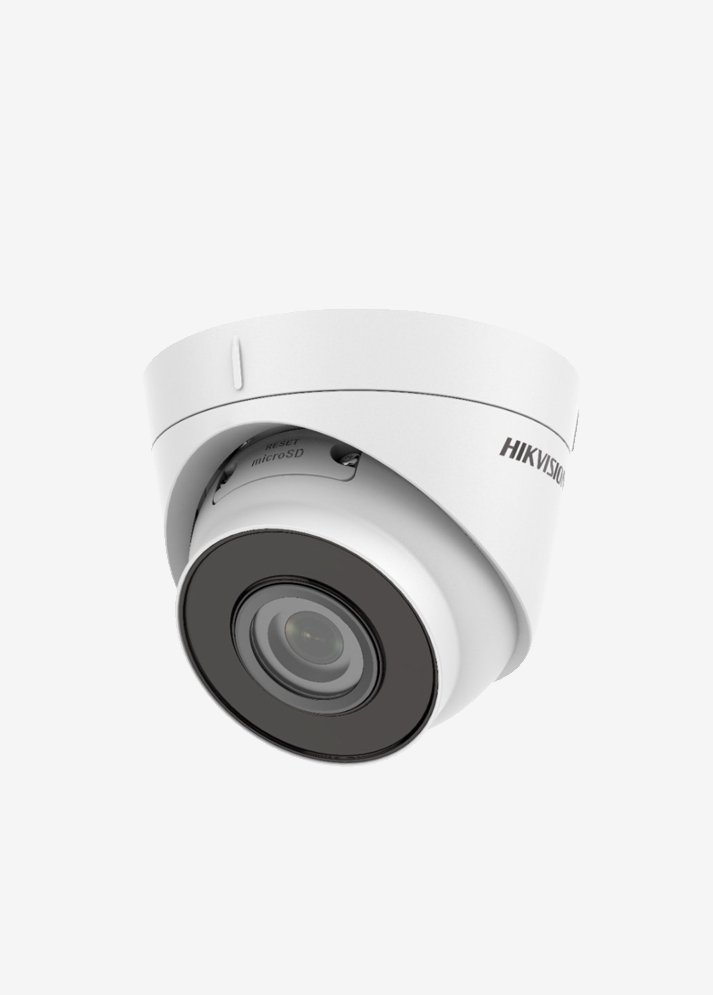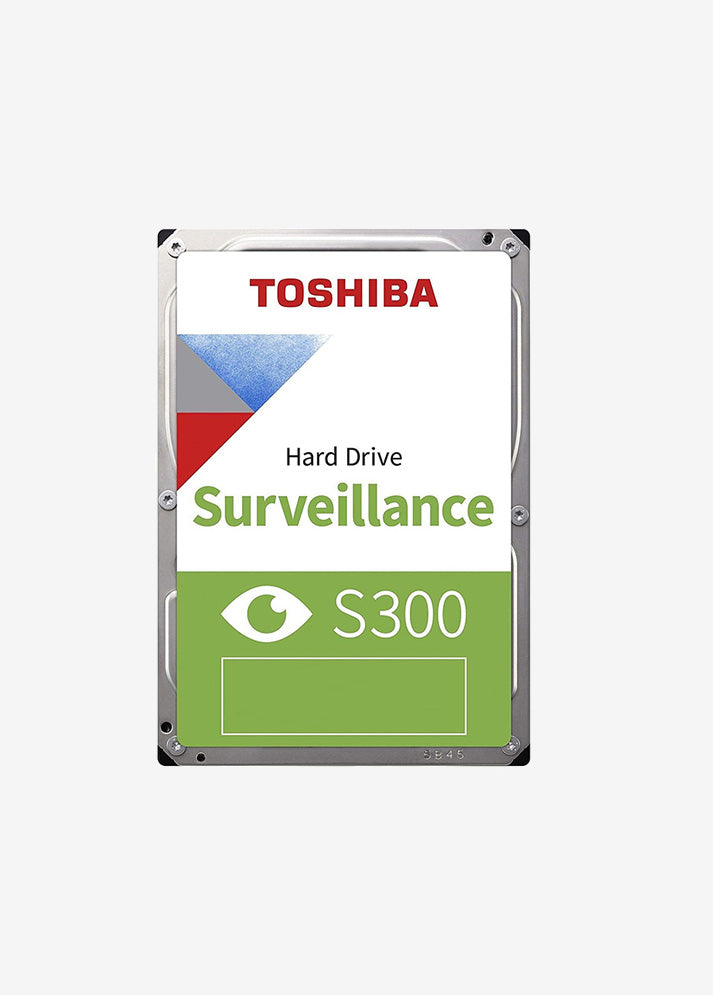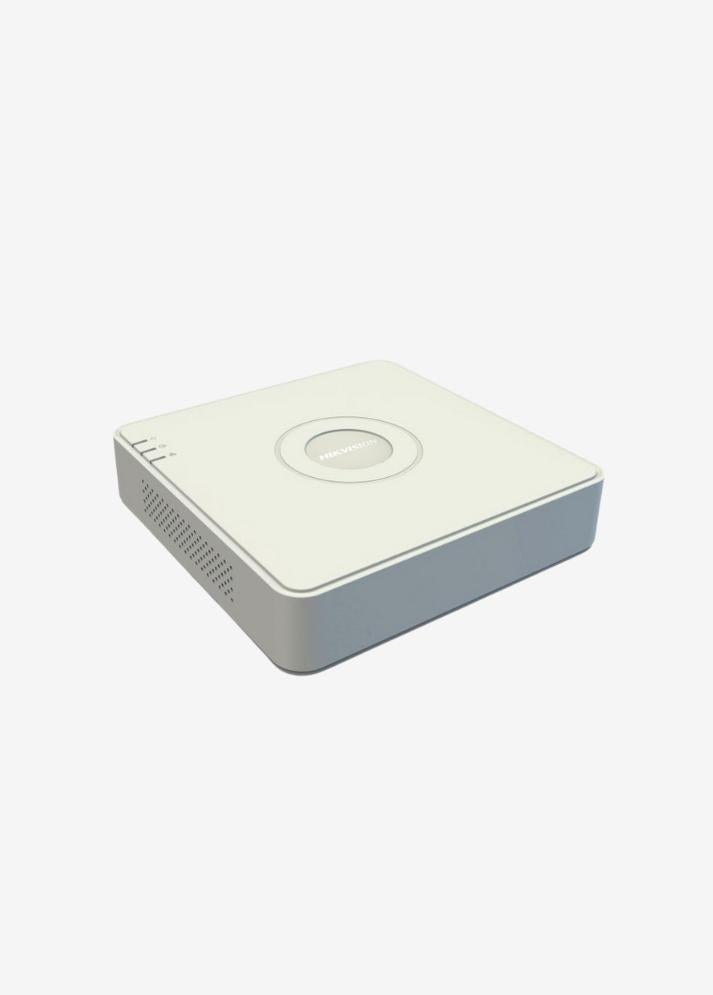Fire extinguishers used for rapid and effective response in the event of a fire must be manufactured in accordance with specific national and international standards. These standards ensure the safe, effective, and sustainable operation of the devices.
📌 Basic Standards and Regulations
• TS EN 3 Standard (Portable Extinguishers)
Fire extinguishers used in Turkey must comply with the TS EN 3 standard. This standard applies to portable fire extinguishers weighing up to 20 kg. It includes test methods, performance criteria, and marking rules for devices based on fire classification.
• TS 862-EN 1866 (Wheeled Extinguishing Devices)
This standard, which is valid for wheeled and larger capacity fire extinguishers, specifies the performance and safety criteria for extinguishers used in industrial areas.
• CE Certification
All fire extinguishers must carry a CE certificate, which complies with European Union standards. This certificate indicates that the product has been manufactured in compliance with health, safety, and environmental protection standards.
• TSE Certificate and Domestic Production
The TSE certificate indicates that the product has been approved by the Turkish Standards Institute and is safe for use. Fire extinguishers sold in Türkiye are required to be TSE-certified.
📌 Labeling and Instructions for Use
• Fire class must be specified: The appropriate class, such as A (solid), B (liquid), C (gas), D (metal), F (oil fires), must be clearly written on the device.
• Last filling and test date: Production, last filling and hydrostatic test dates must be written on the cylinder.
• Instructions for use and symbols: Clear instructions for use supported by visuals should be included and, if necessary, simplified so that everyone can understand.
📌 Periodic Inspection and Maintenance Standards
It's not enough for fire extinguishers to simply meet standards. Regular maintenance and testing are also vital.
• TS ISO 11602-2 standard
This standard regulates how to perform post-use and periodic checks of fire extinguishers.
• 6 Monthly Control Requirement
Fire extinguishers in workplaces and public areas must be checked by authorized companies at least every 6 months .
• Hydrostatic Test Every 5 Years
A hydrostatic test should be performed every five years to determine the durability of the fire extinguisher casing. This test determines whether the cylinder is resistant to pressure.
📌 Compliance and Audit Processes
The installation location, accessibility, and selection of the correct type of fire extinguisher are also included in the standards. Otherwise, the device, regardless of its quality, may be ineffective.
• Correct type selection is essential in high risk areas.
• The number of devices and their locations must comply with the provisions of the “Regulation on the Protection of Buildings from Fire”.
• Penalties may be imposed on companies that are found to have deficiencies during inspections.
Conclusion:
Not only is the purchase of fire extinguishers crucial, but their compliance with standards , proper use , and periodic inspections are also crucial. Remember, these devices often save lives in seconds. To ensure the right response with the right equipment, you should choose products that comply with national and international standards and ensure regular maintenance and inspections are performed.











